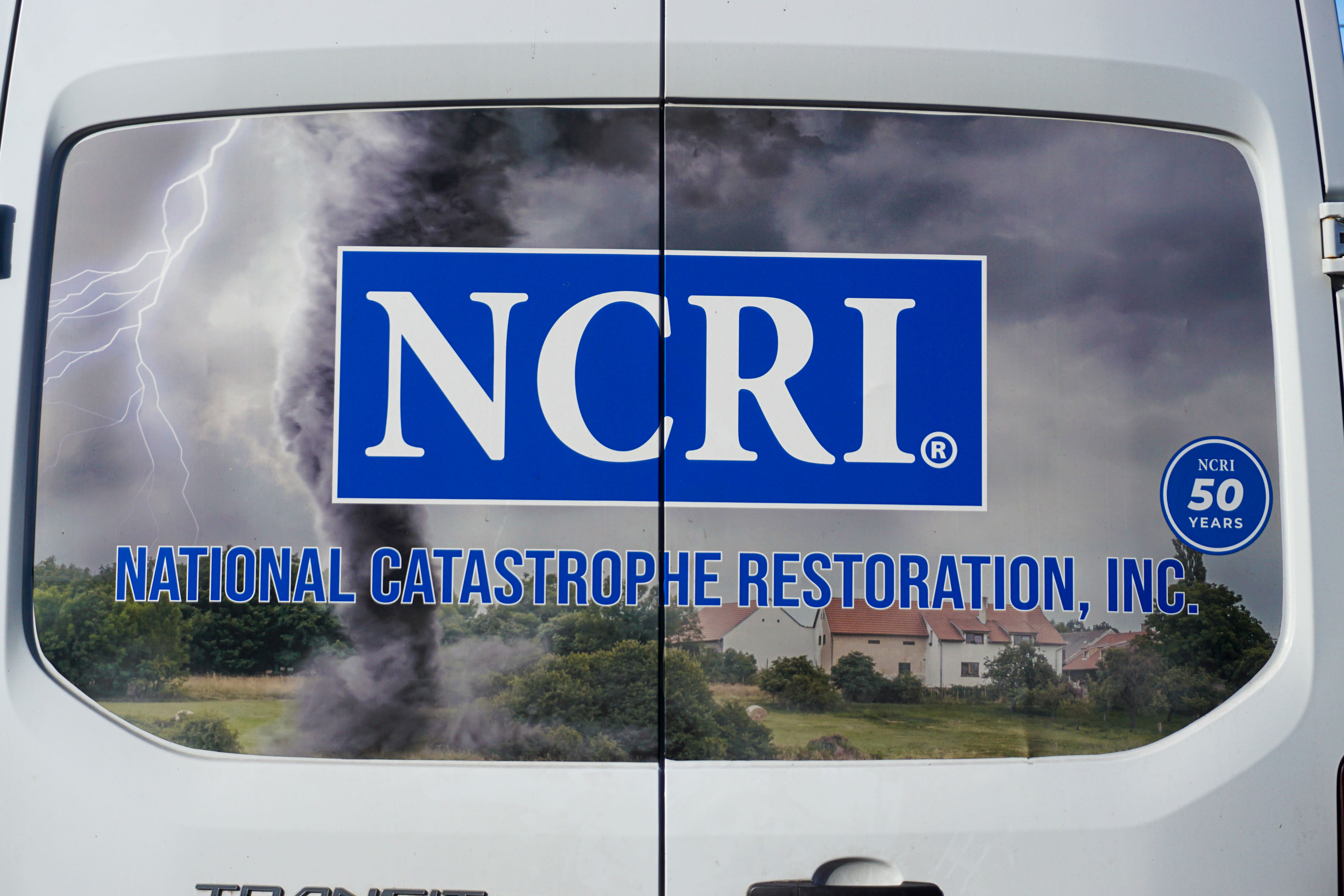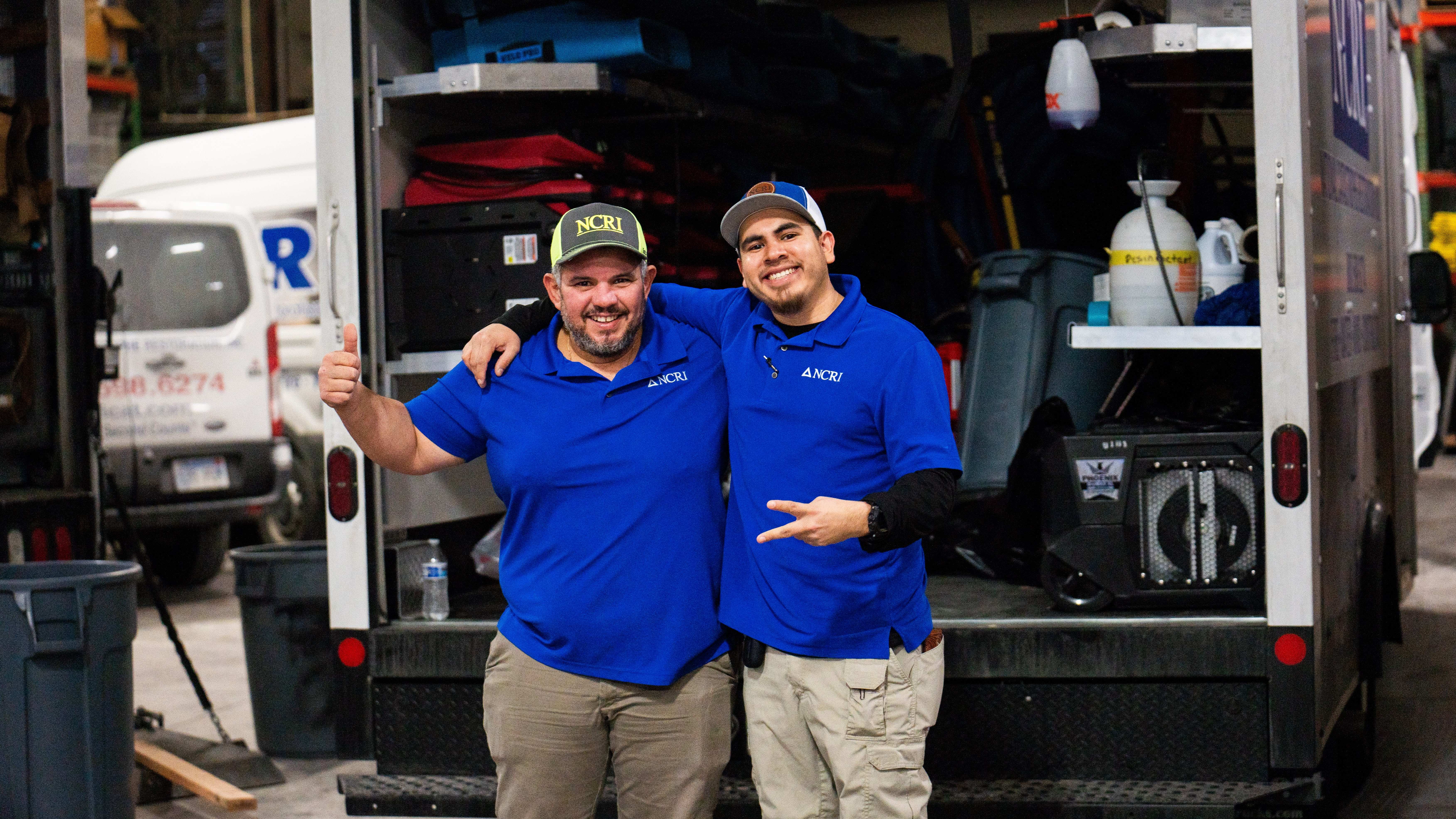The Science of Water Extraction and Drying: How Professionals Prevent Mold

Water damage doesn’t just look bad—it sets off a chain reaction that can permanently compromise your property. The key to preventing mold, odors, and costly repairs lies in one thing: rapid and scientific water extraction and drying.
At NCRI, we’ve built decades of experience using industry-leading equipment and techniques to restore homes, businesses, and large facilities after flooding, pipe breaks, or storm damage. Here’s how the science behind it works.
Understanding the Water Damage Process
When water enters a structure, it quickly spreads into floors, walls, insulation, and even structural framing. The longer it sits, the deeper it penetrates—raising the risk of mold growth and warping.
That’s why NCRI technicians act within hours, using advanced moisture detection tools to locate both visible and hidden pockets of water.
Step 1: Water Extraction
High-powered submersible pumps and industrial vacuums remove standing water fast. We prioritize safety and contamination control—especially when dealing with gray or black water.
Step 2: Structural Drying
After extraction, the drying phase begins. NCRI uses:
- Desiccant dehumidifiers to pull moisture from the air.
- Air movers to accelerate evaporation.
- Thermal imaging cameras to track progress behind walls and under floors.
Every step is monitored with digital hygrometers to confirm when equilibrium moisture levels are restored.
Step 3: Mold Prevention & Sanitation
Once the property is dry, we apply EPA-registered antimicrobial agents to stop mold before it starts. This final stage ensures air quality and long-term structural safety.
Why Choose NCRI?
- Certified IICRC technicians
- Nationwide 24/7 response
- Industrial-grade drying systems for large losses
- Proven record in commercial, industrial, and government facilities
FAQs
Q1: How long does water damage drying take?
Typically 3–5 days, depending on the size of the loss and building materials involved.
Q2: Can I dry water damage myself?
Small surface spills may dry naturally, but deeper saturation requires professional-grade dehumidification to avoid hidden mold.
Q3: Does NCRI handle insurance claims?
Yes, NCRI works directly with insurance adjusters for faster claim resolution and documentation.




.jpg)



